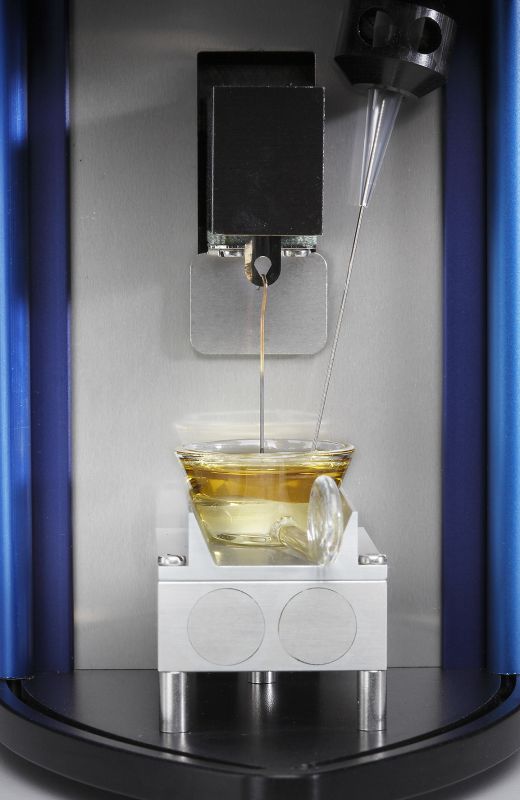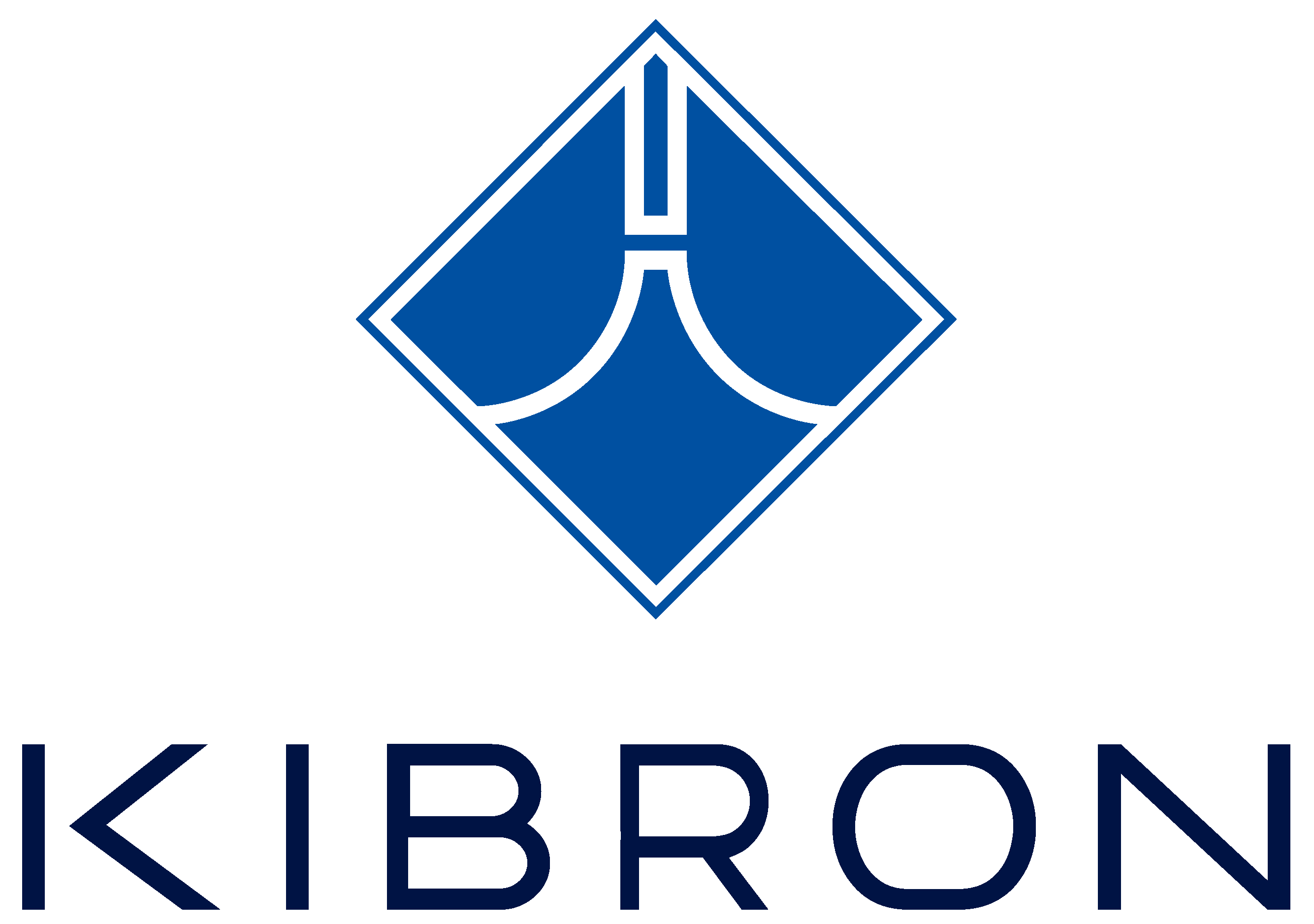Similarly to air-liquid interfaces, a surface tension exists also at the liquid-liquid interface. It is a critical parameter for determining behaviour in these systems. Liquid-liquid interfaces are ubiquitous, and found for example applications including emulsions, oil&metal extraction, chemical production, food, biological systems and cleaning technology.

When studying liquid-gas interfaces the liquid phase is without exception heavier than the gas phase. However, for oil-water interfaces the oil can be heavier, equal to, or lighter than the aqueous phase. Each alternative involve its own requirements on measurement setup. Consequently, the measurement of interfacial tension (liquid/liquid interfaces) is in general more challenging than surface tension (liquid/gas interface), due to the wetting aspects of both the probe and the sample cup. There are far fewer techniques and instruments on the market than for surface tension, and in general, the accuracy and reliability of the measurements, are not on the same level as for liquid-gas interfaces.
As a rule of thumb, the lower phase should wet the probe better than the upper phase to obtain a small or zero contact angle. For oil-water interfaces with oils lighter than water, the probe should be immersed in the aqueous phase, before the oil layer is added. After the probe has been pulled into the oil phase, one cannot assume that the probe can be lowered back into the water phase without loosing the correct wetting behaviour.
Typically, the three phase line between the probe and the two liquids is pinned on the probe surface due to slow wetting transitions. This is an advantage leading to a diminishing contact angle when the probe is moved. Kibron has a range of probe materials available, e.g. PTFE and PEEK, which are particularly suited for the interfacial tension measurements when the “oil” phase is heavier than water.
The wetting and contact angles at the sample cup walls need to ensure that the shape of the interface meniscus is good. The two phases should form two layers, and the lower phase should be completely covered by the upper phase. Kibron has polypropene, glass and PTFE cups as standard, to accommodate for various oil – water combinations.
